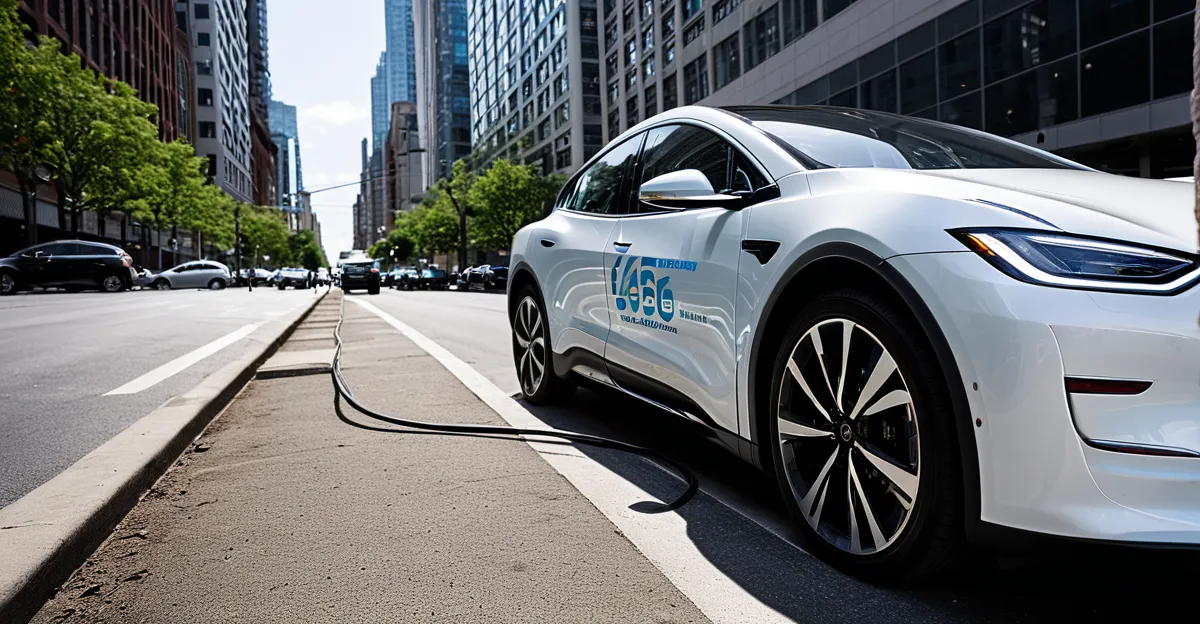Impacts of Electric Vehicle Adoption on Urban Infrastructure
Exploring changes sparked by growing EV presence
The surge in electric vehicles (EVs) has a profound effect on urban infrastructure impacts, reshaping how cities approach city planning and mobility. Urban EV adoption demands a significant shift in traditional layouts to support this new mode of transport sustainably.
Additional reading : What are the challenges faced by UK automakers in adopting AI technologies?
One major aspect is the heightened need for public and private charging facilities. Cities must accommodate growing EV fleets by integrating chargers into residences, workplaces, and public spaces. This adjustment transforms parking lots and residential streets into hubs for EV energy replenishment, directly influencing urban design.
Moreover, the adoption of electric vehicles influences urban mobility and commuting patterns. Increased range and charging accessibility encourage altered travel behaviors, requiring planners to rethink transit corridors and pedestrian zones. For instance, some urban planners prioritize proximity to EV charging as a factor in zoning decisions and development approvals.
Also read : How is the UK automotive sector adapting to the rise of electric vehicles?
To summarize, urban infrastructure impacts from electric vehicle uptake compel comprehensive city planning strategies that balance charging demand, traffic flow, and sustainable urban growth. This integration ensures cities evolve to support cleaner mobility efficiently while enhancing residents’ quality of life.











